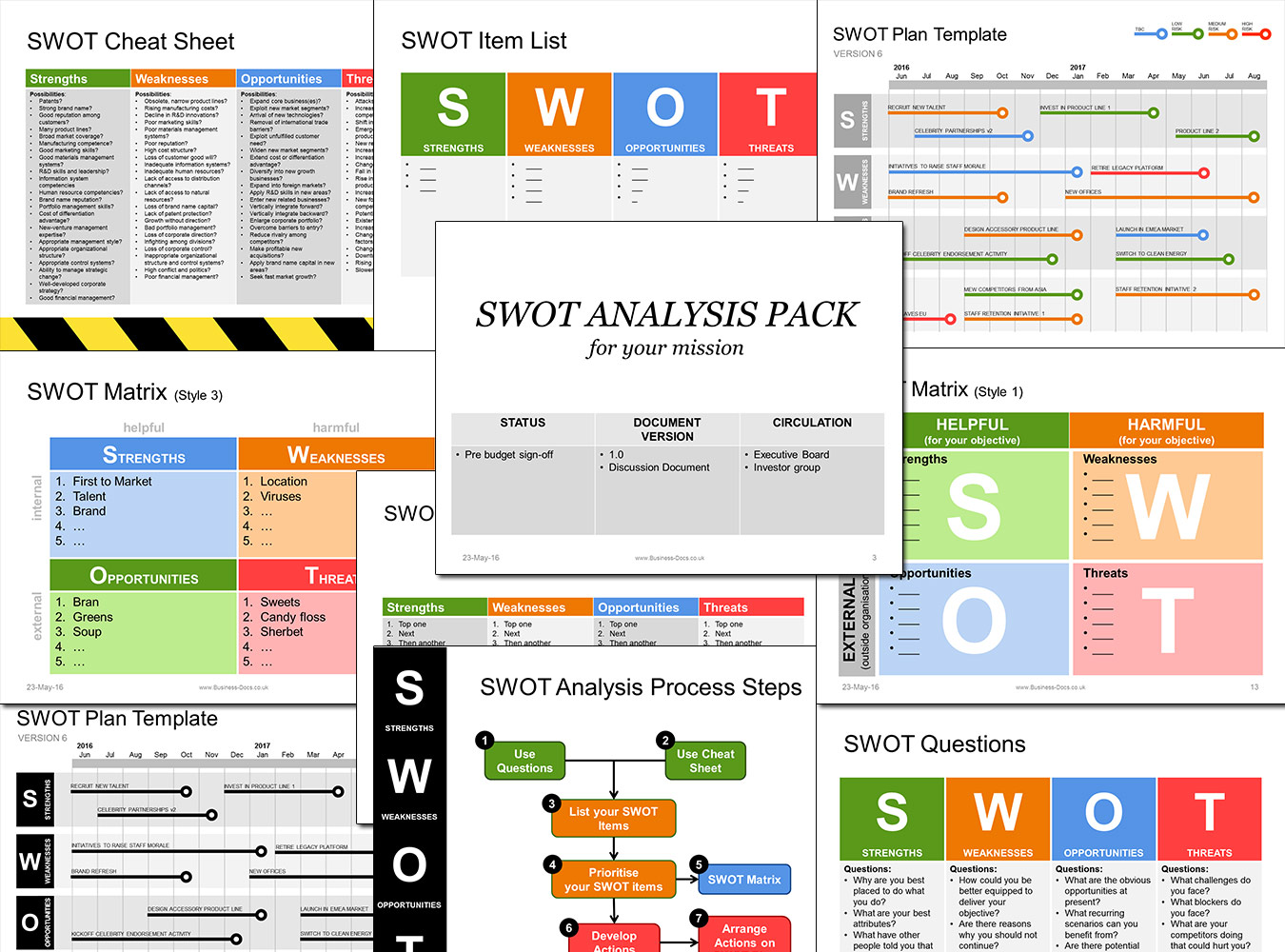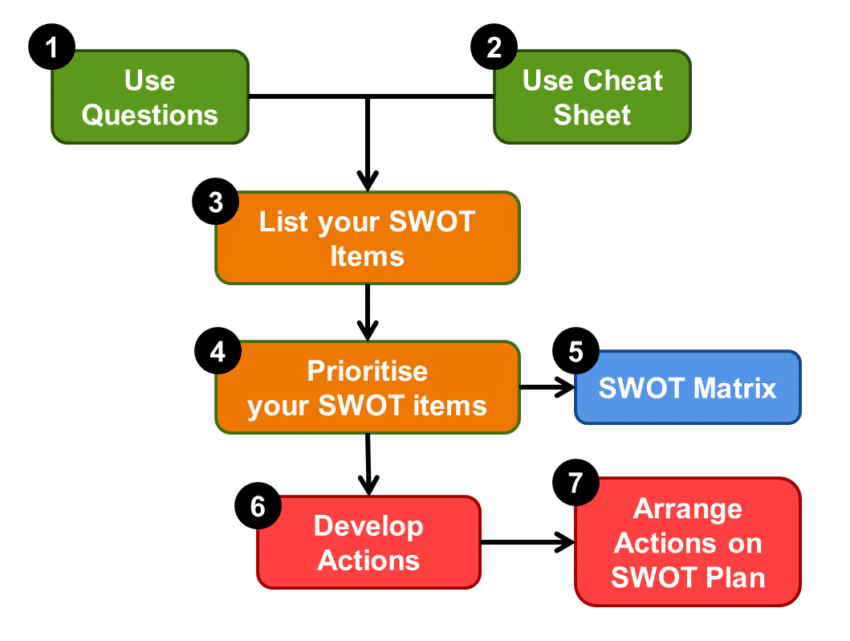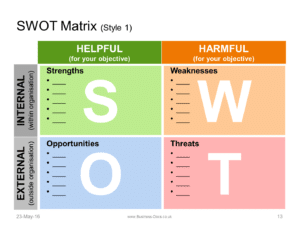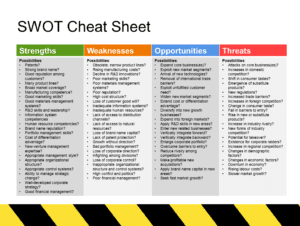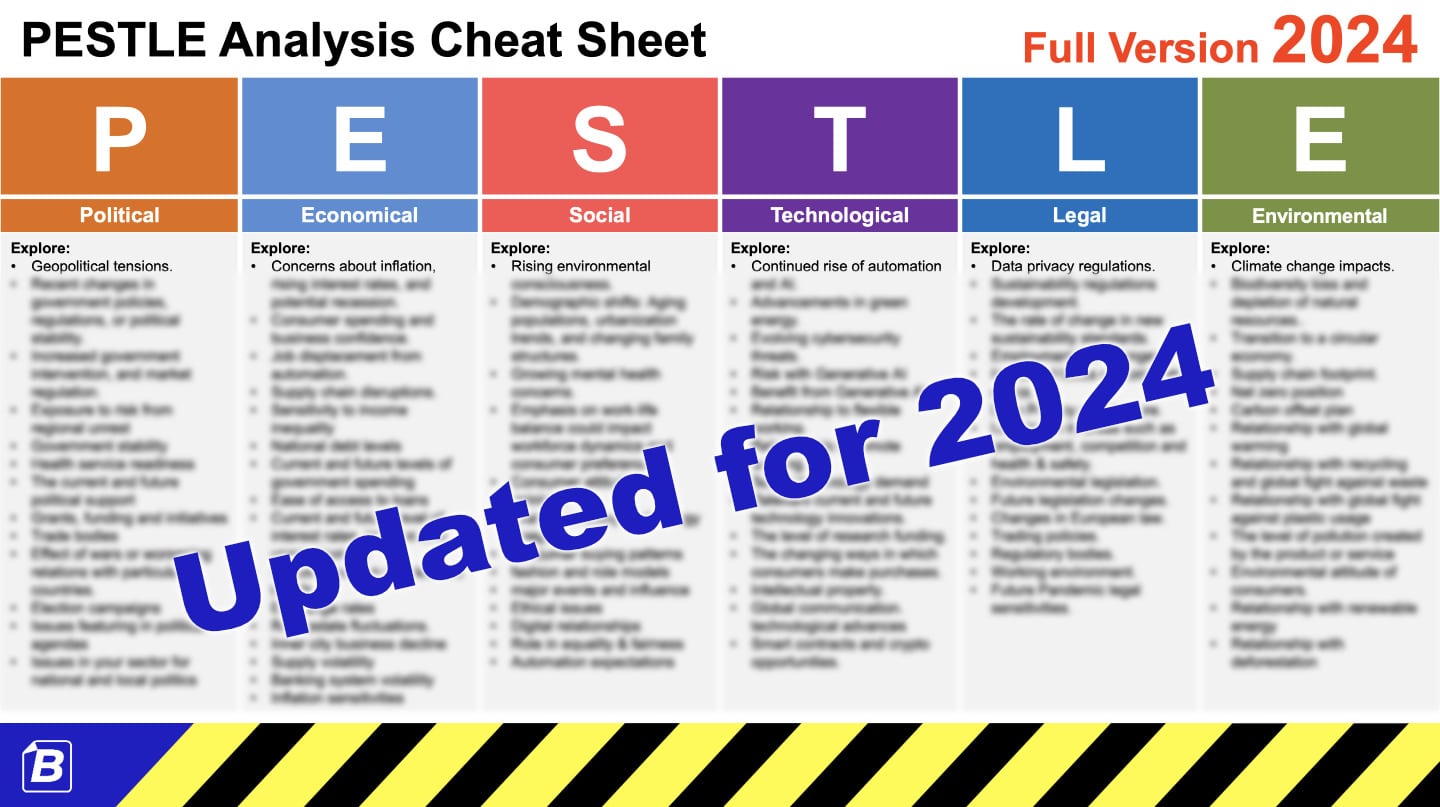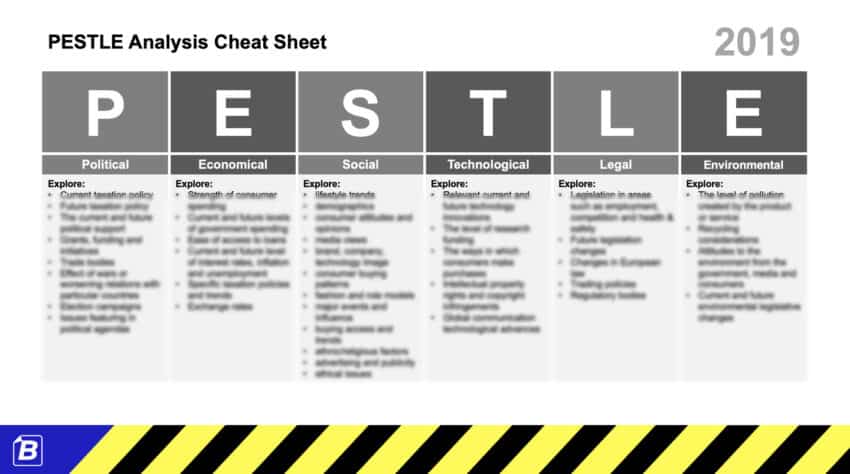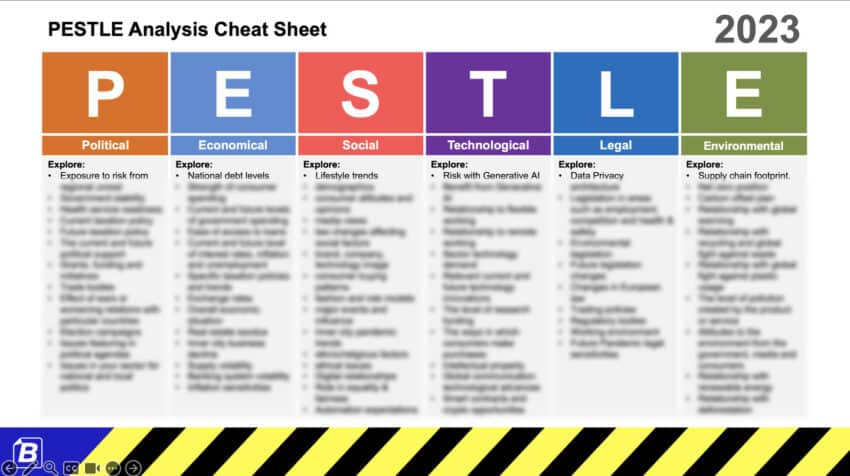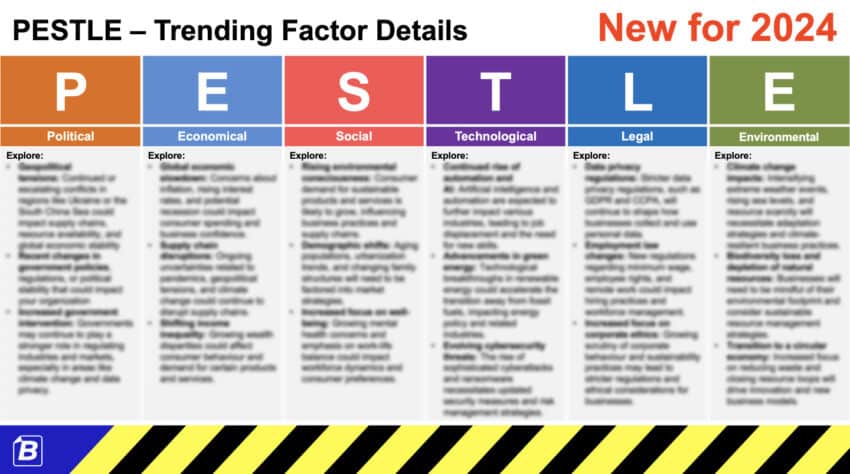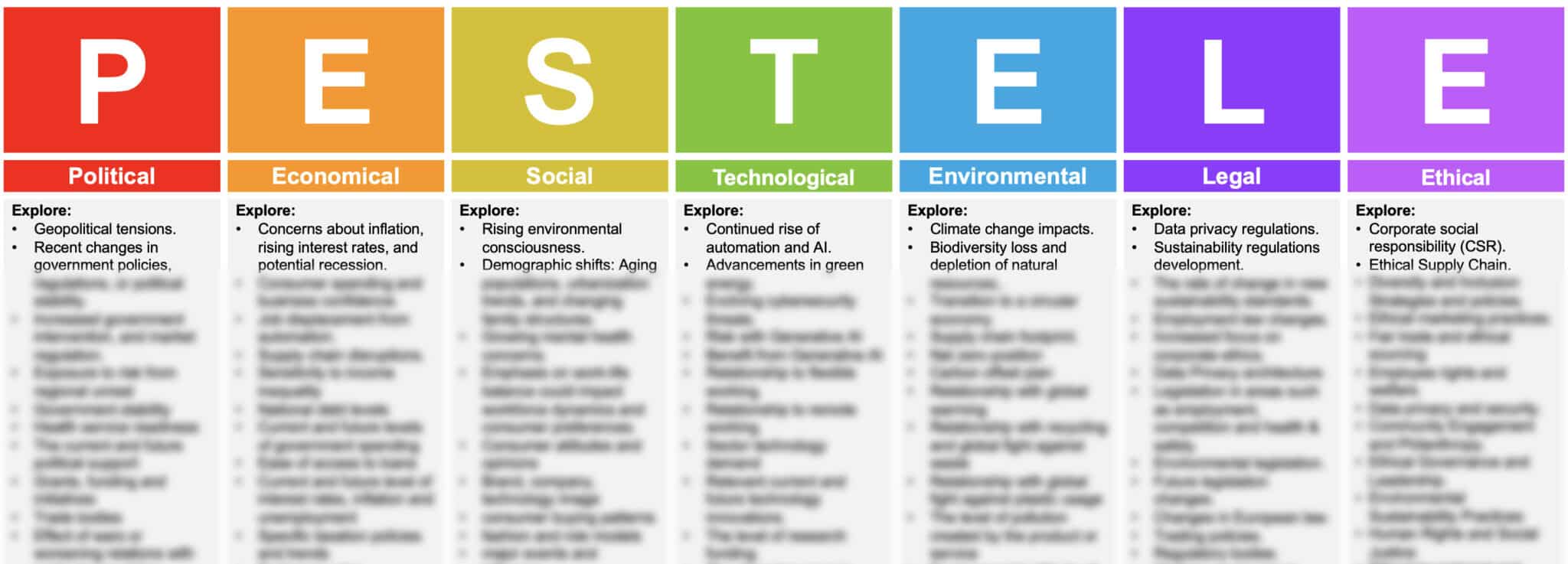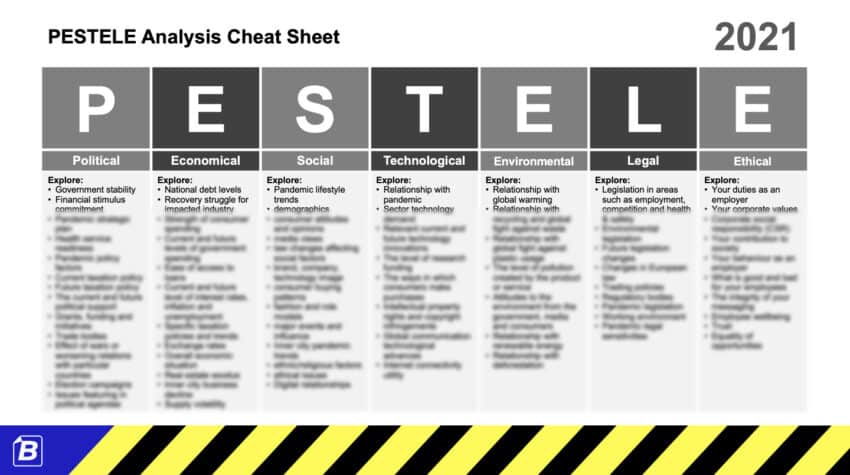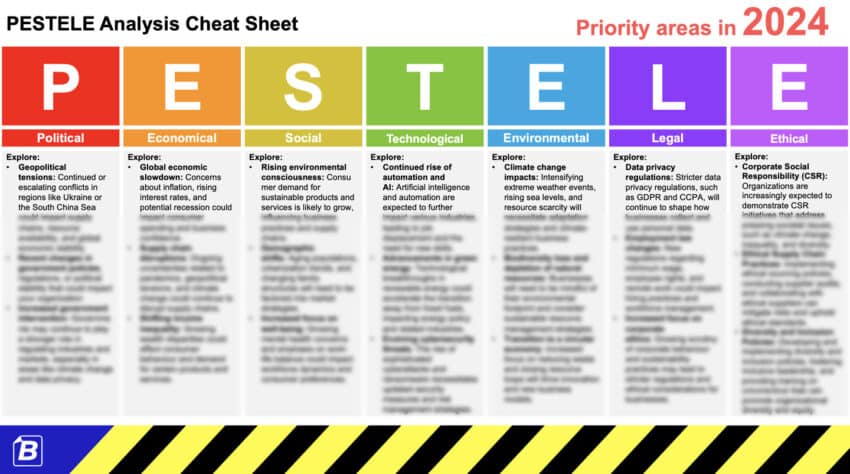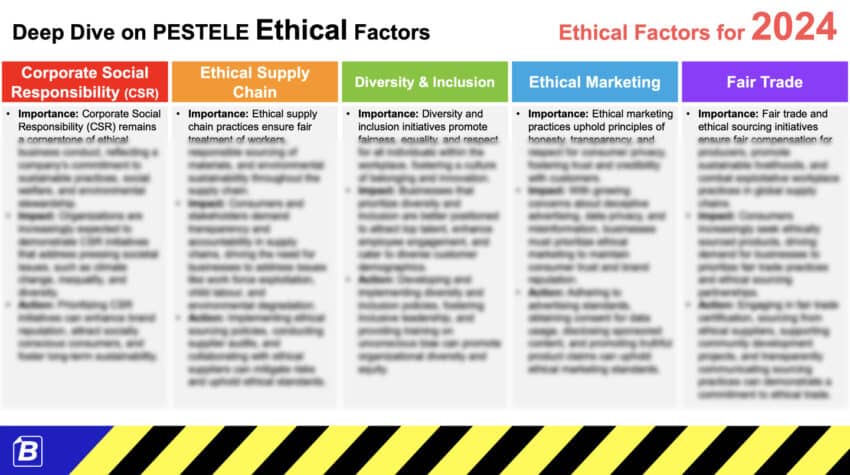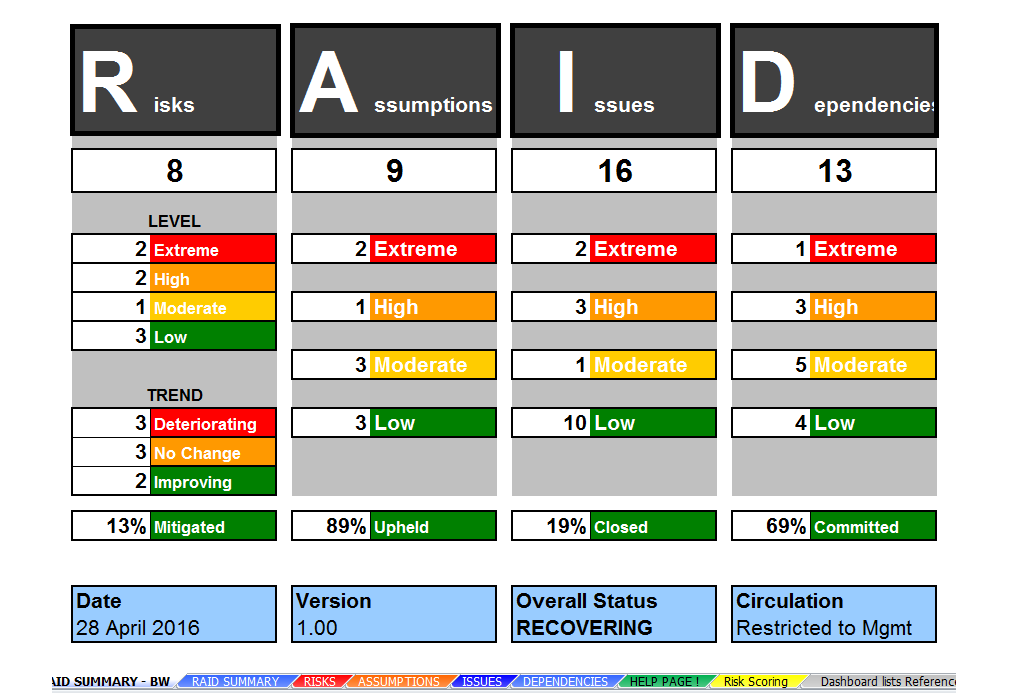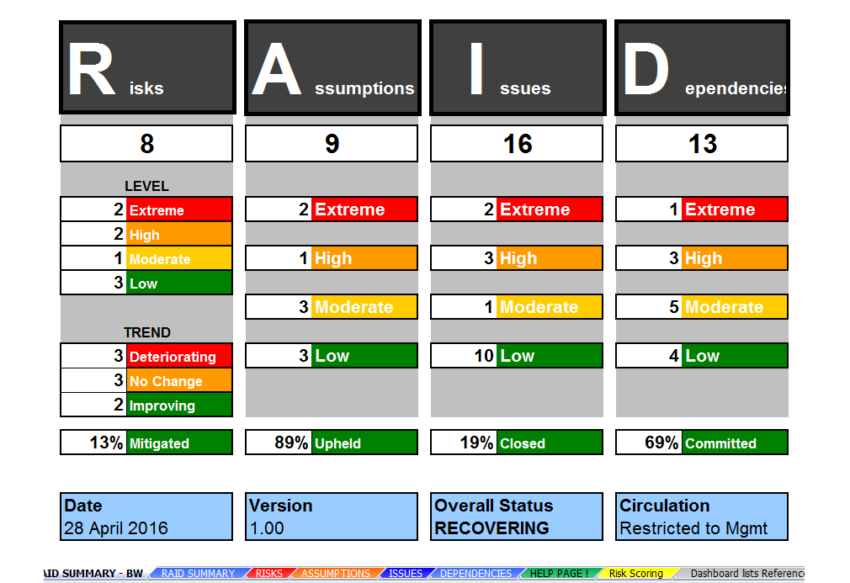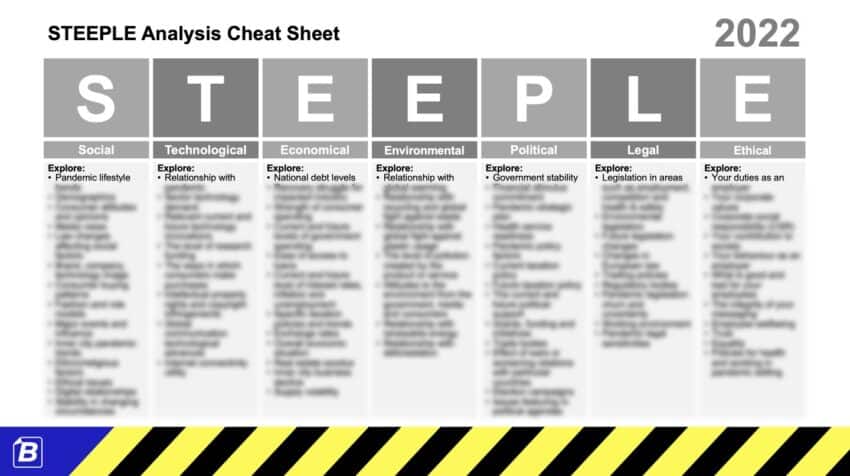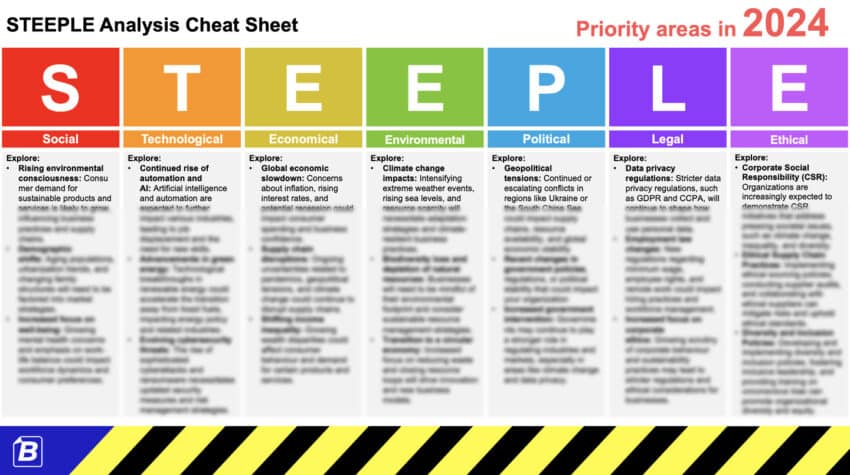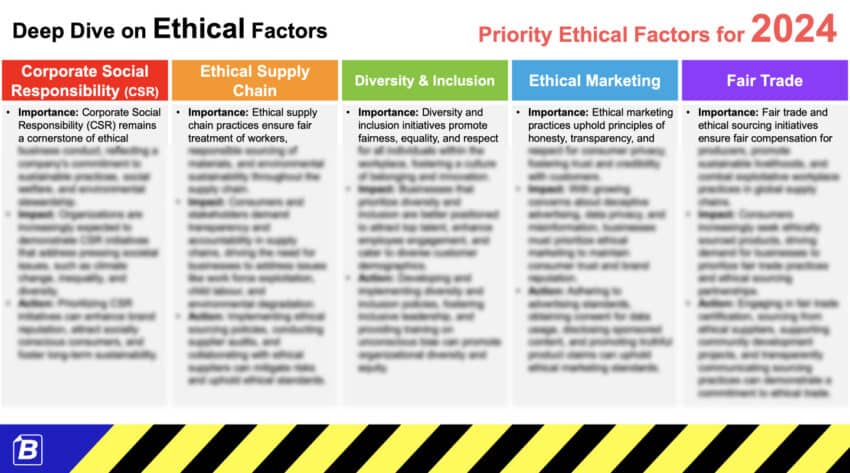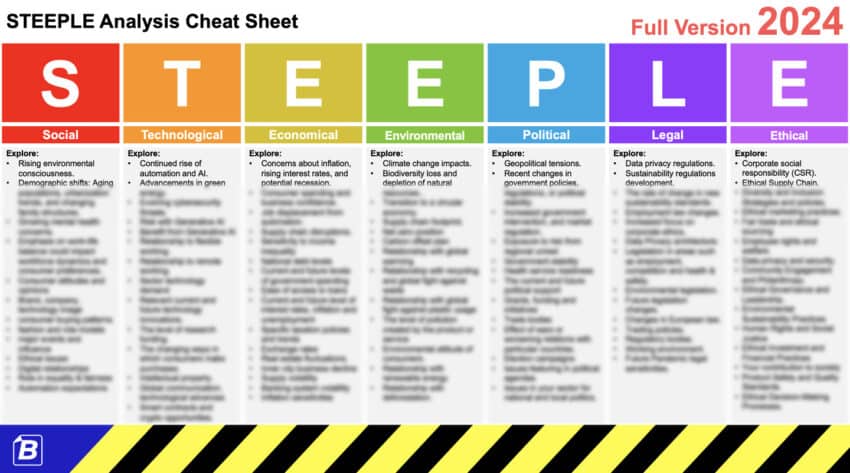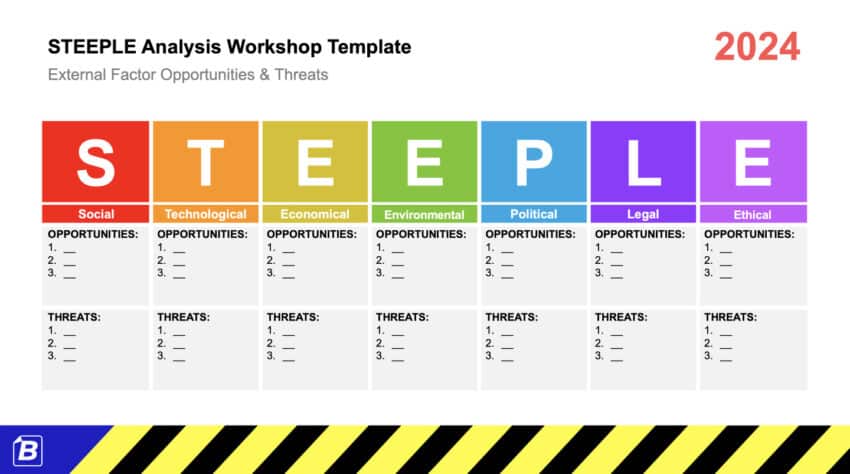
Consultant License Extension
This license extension is provided for our customers who would like to use Business Documents UK Ltd and/or Spitmarket.com templates for their consultancy, and specifically for use with their clients as part of commercial consultancy services.
A) License Scope
- Provided for consultancies with up to 100 employees.
- If you have 100 or more employees, you must purchase an extension for each 100 employees.
- The templates are provided “as is”, there is no additional support for customisation (for additional support, please see our support packages)
B) Specifics of this License Extension
- You are permitted to use the purchased templates (including any templates provided for free or at a discount) on clients projects, as part of a commercial service.
- You are permitted to share your created work with clients that is based on our templates as PDF with your own branding.
- You are permitted to use and share with clients in native software file format of your work created using the templates (i.e. not the original unaltered template formats), so long as the Business Documents UK Ltd Logo and a link to wisdm2.wpengine.com are included.
- You are permitted to use the purchased templates on the condition that your clients WILL NOT own any IP relating to the original templates created by Business-Docs.co.uk.
- You must not commercially offer these templates in any form, for free or in exchange for payment of any kind, on any outlet anywhere.
- You must not provide these templates as services to clients who wish to sell the resulting files or formats online.
- You must not provide any Business-Docs.co.uk or Spitmarket.com templates directly to your clients in the unaltered template format.
- Your clients must not attempt any further commercial benefit from the templates, via publication or commercialisation of any kind,
C) Intellectual Property
- All template designs and formats remain the intellectual property of the template author: Business Documents UK Ltd, or the Spitmarket.com Member.
- If your consultant-client relationship involves the client owning all resulting IP, then you must only provide the work outputs in PDF or Image format, and the resulting IP only applies to the derived work.
- If your clients request original file formats, you must
- include the Business Documents UK Ltd logo, and
- the URL for Business Documents UK Ltd,
- that they are copyrighted by Business Documents UK LTD, and
- that they must not be sold or be made available via any outlet, online or other, for free or for a fee.
D) Publication by You
If you publish imagery on your own website that includes Business Documents UK or Spitmarket Templates or designs:
- You must credit and link to the relevant product on Business-docs.co.uk or Spitmarket.com.
- You must not offer the templates or the resulting works for sale.
- You must not offer the files or formats as downloadable assets, in any format (PDF, image, original software, or other)
For any further information, contact support.

